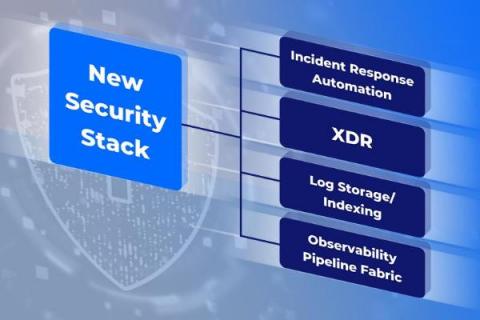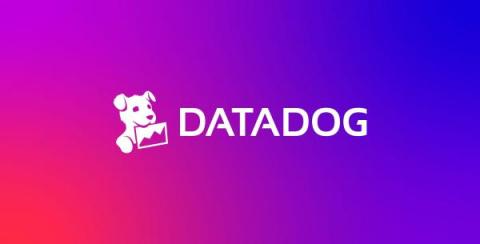Operations | Monitoring | ITSM | DevOps | Cloud
Security
The latest News and Information on CyberSecurity for Applications, Services and Infrastructure, and related technologies.
Using cfbs with a traditionally managed policy set
With the recent release of build.cfengine.com and cfbs I have been thinking about the process of converting a traditionally manged policy set. I consider a traditionally manged policy set one where you have a repo with the root of masterfiles being the root of the repository, or even having no repository at all and managing masterfiles by editing directly in the distribution point (e.g. /var/cfengine/masterfiles).
The PwnKit vulnerability: Overview, detection, and remediation
On January 25, 2022, Qualys announced the discovery of a local privilege escalation vulnerability that it identified as PwnKit. The PwnKit vulnerability affects PolicyKit’s pkexec, a SUID-root program installed by default on many Linux distributions. The same day of the announcement, a proof of concept (PoC) exploit was built and published by the security research community.
How Broadcom Software Helps The Enterprise Secure and Protect the Network Edge
Elevate AWS threat detection with Stratus Red Team
A core challenge for threat detection engineering is reproducing common attacker behavior. Several open source and commercial projects exist for traditional endpoint and on-premise security, but there is a clear need for a cloud-native tool built with cloud providers and infrastructure in mind. To meet this growing demand, we’re happy to announce Stratus Red Team, an open source project created to emulate common attack techniques directly in your cloud environment.
How Big Data Analytics Strengthens Cybersecurity
The attacks cybercriminals are using grow more complex and sophisticated by the day. However, with the help of big data analytics, you aren’t left defenseless. You can use big data analytics to fortify your cyber defenses and reduce your vulnerabilities. 1. Analytics can help you uncover suspicious patterns. Big data analytics protects your business data and strengthens your cybersecurity by providing valuable cybersecurity intelligence to your data analytics experts.
CFEngine: The Agent Is In 9 - Intro To Using cf-secret
Is ARM architecture the future of cloud computing?
Central processing units (CPUs) can be compared to the human brain in that their unique architecture allows them to solve mathematical equations in different ways. x86 is the dominant architecture used in cloud computing at the time of this writing; however, it is worth noting that this architecture is not efficient for every scenario, and its proprietary nature is causing an industry shift toward ARM.
3 Ways LogStream Can Improve Your Data Agility
Four months into this new gig at Cribl, I wish I could bottle up that “lightbulb” moment I get when walking people through how Cribl LogStream can help them gain better control of their observability data. So I hope the scenario walkthroughs below will capture some of that magic and shed some light on how LogStream can improve your organization’s data agility – helping you do more with your data, quickly, and with less engineering resources.
Defining Your IT Security Perimeter
It wasn’t too long ago that a security system would be nothing more than a few walls, some cameras, and an inattentive security guard. That’s no longer the case In today’s digital landscape. Now organizations must invest in securing their assets from a growing number of cyberthreats. To start, they must first draw up the boundaries of their IT security perimeter.











